Part 1: Modern Origins
It’s too easy to forget one’s roots. But taking an occasional look backward and appreciating where we came from often leads to new-found appreciation and understanding, not only of where we’re heading, but where we currently stand. Think of it! For an ancient Olympian, your drug regimen might have included a roughshod mix of psychoactive fungi, testicle soup, crushed hooves, and various herbal extracts (not unlike what’s found in many supplements today). We can scoff, comfortable with our modern understanding of performance enhancement, but you better believe that such ancient prescriptions were cutting edge medicine for their time.
Since what the competitors of 700 BC may or may not have used in their pursuit of athletic dominance likely amounted to little more than a combination of superstition and a good strong psychotropic buzz, we will jump to the year 1931 and the birthplace of performance enhancement as we recognize it today: Göttingen, Germany, with a young biochemist named Adolf Butenandt and the isolation of the hormone androsterone.
Although there were anabolic pioneers doing the research before Butenandt’s discovery, their efforts, while important in many respects, border on farcical. After all, nothing says huge gains like a monkey testicle graft or a fresh injection of guinea pig gonads. This is exactly what two notable doctors, the physiologist Charles Edward and later the surgeon Serge Voronoff, had been working with. These scientists were on the right track, if not a bit eccentric, and one can see the logic in heading straight for the source of all manly power. But in order to make the leap to medically useful steroids, the world needed a pure substance. Butenandt, armed with the perspective of a highly trained chemist, saddled up to the task. With the ultimate goal of hormone isolation and eventual synthesis in mind, he began collecting urine. Lots and lots of urine.
The use of human urine in this way was not a particularly new process. A few years previously, Butenandt as well as the American scientist Edward Doisy, had both isolated estrone from the urine of pregnant women. Research into sex hormones exploded during the first quarter of the 20th century and large scale urine extraction was, for a time, the best way to go about it.
Although a source for hormone extraction was readily available, there still needed to be a way of detecting the target hormone. In order to determine the strength of his urine extracts, Butenandt would eventually utilize an assay developed by the University of Chicago in 1929. It’s a little bit down and dirty, as science often can be, but the assay basically showed that a cockscomb, that dangly red fleshy bit of a rooster’s head, can be caused to grow by use of a rudimentary testicle extract. What this means is that the cockscomb can serve as an indicator of the presence of anabolic-androgenic hormones. (Later on, this same assay would help undo a false assumption of androsterone).
To get but a pinch of androsterone, Butenandt–or, more likely, a good number of his assistants–processed several thousand gallons of man pee. I shudder to think of the smell in his lab, the inevitable splashes, and spills, or the distracted researcher who, grabbing for his coffee mug, blindly takes hold of a specimen jar instead. But the effort was a success! Crystalline androsterone was isolated and was for a short time thought to be the only hormone produced by the testicles.
A few years after Butenandt isolated what would turn out to be the very first anabolic steroid, the Swiss biochemist by the name of Leopold Ruzicka (working with Ciba Labs, a household name for fans of anabolic steroids today) would show that androsterone could be synthesized from cholesterol. This was significant because it highlighted the relationship between steroids and cholesterol and allowed not only for a method of steroid synthesis as opposed to tedious extraction, but it helped elucidate steroid metabolism in humans.
Sharpening their eyes on Butenandt’s work, a group of researchers from the University of Amsterdam funded by Organon (also an AAS household name) used that aforementioned cockscomb assay to compare testicle and urine extracts. They found a major difference between the two methods and suspected a different hormone was in play. So the group gathered up some 2000 pounds of bull testicles and managed to isolate androsterone’s bigger, stronger, papa bear: testosterone. With the Big T on the scene, Butenandt and Ruzicka, working separately but somehow in tandem, both managed to fully synthesize testosterone from cholesterol. All groups rushed to get their similar findings published and claim testosterone as their own, but it was the Amsterdam group who was fastest on the draw. At this point in history, we see the flood gates of steroid production, and of human performance enhancement, flung wide open. World War II was just around the corner and with it a surge in large-scale scientific pursuits and the first non-medical usage of steroids.
While many researchers were pursuing similar ideas at this time, and all of their efforts helped build upon the work of the others, often even coming to the same results simultaneously and in a mad dash to see who could publish first, it was Adolf Butenandt who kicked off the pursuit of anabolic-androgenic steroids as we think of them today in performance enhancement. In 1939, he was awarded the Nobel Prize in chemistry for his work with hormones.
In the next installment, we will take a gander back at the 19th century and explore some of the more esoteric attempts that were made in the pursuit of masculinity. Monkey balls, anyone?

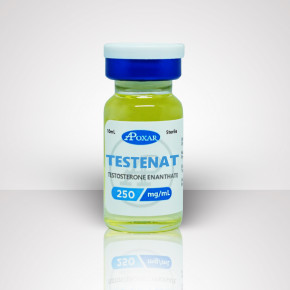
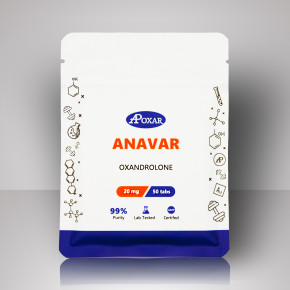
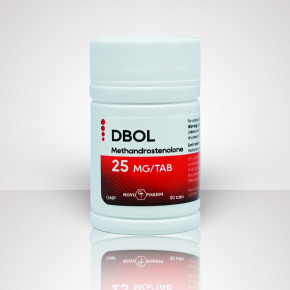
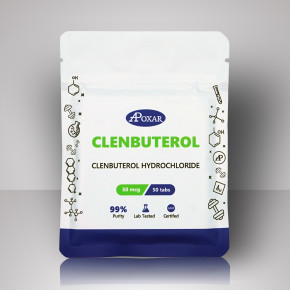
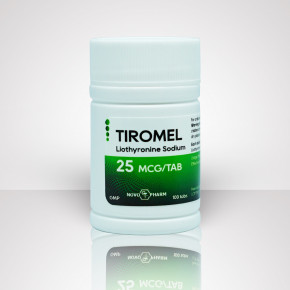
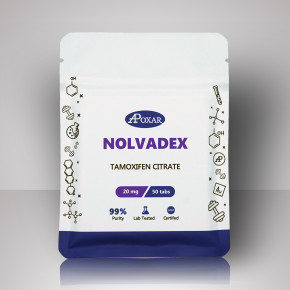
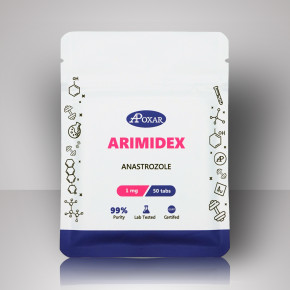
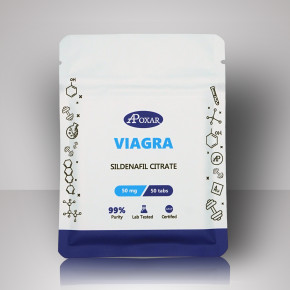
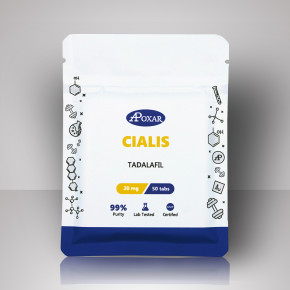
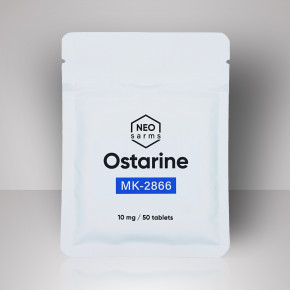
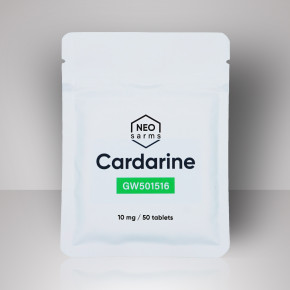
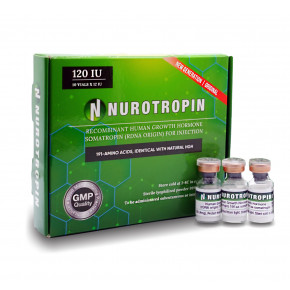
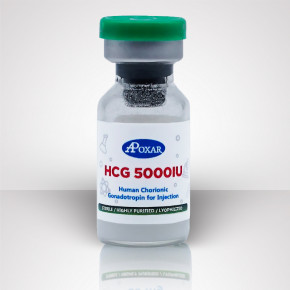
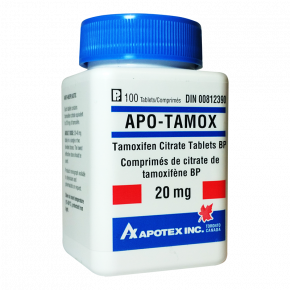
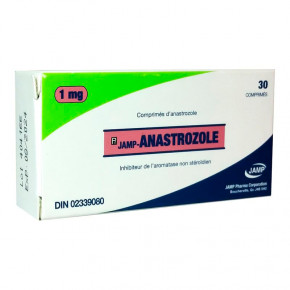
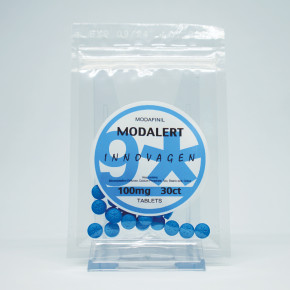
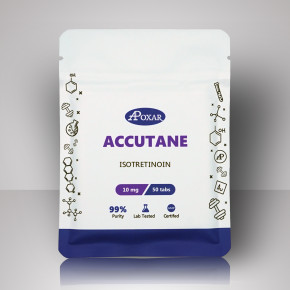
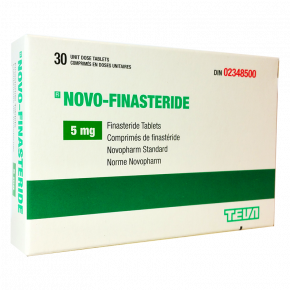
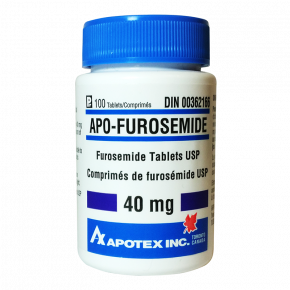
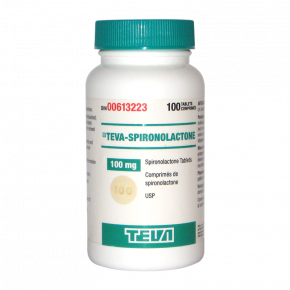


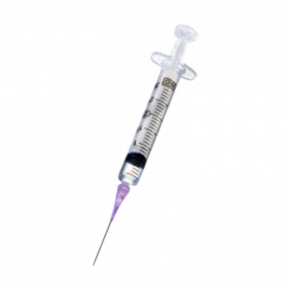
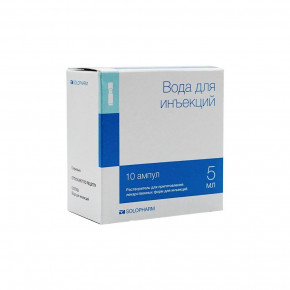

 Proudly Serving Canadians Since 2012
Proudly Serving Canadians Since 2012